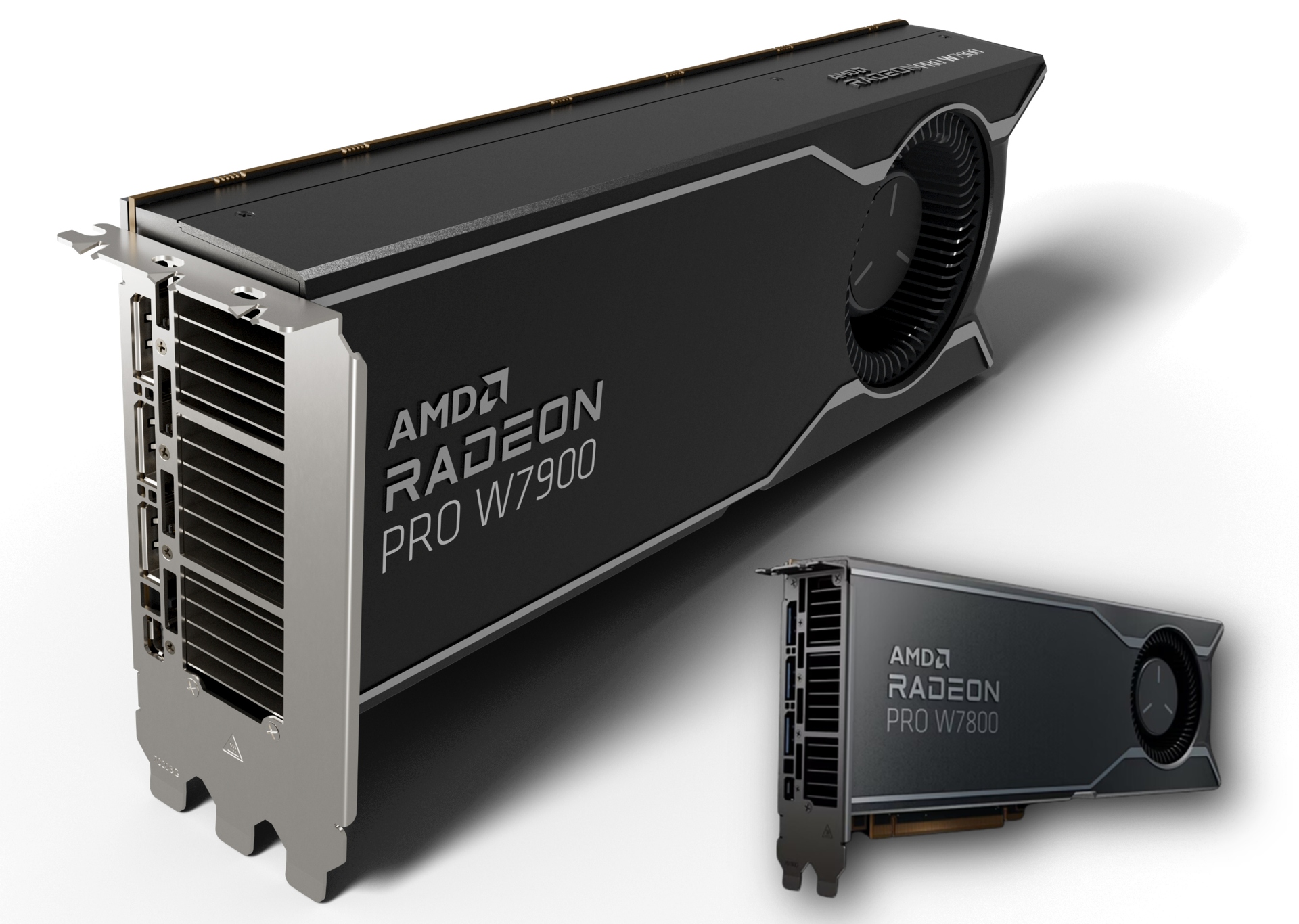- High Octave Future Plans Has Pop Songwriter/Producer ZOEY TESS
- Elan unveils its latest culinary extravaganza, the Dim Sum Lunch
- The Joint Injection Clinic Launches Exclusive Steroid Injection Services for Arthritis Treatment
- Matrix will be participating in the forthcoming SAFE West Expo 2024, from May 9th to May 11th in Mumbai
- Smart Strategies for Stress-Free Moving
- Caresmartz Exhibits Innovative Home Care Technology at PHA 2024
- Testing leader ALS offers insight on new FDA MoCRA budget targeting PFAS in cosmetics
- KAZO Expands Retail Footprint with Grand Opening of New Store at DLF Mall of India, Noida
- Refreshing Your Home with the Right Flooring Choices
- Miller & Miller's Three Online Auctions, May 10-11-12, Contain Over 1,100 Lots in Many Categories
- HTMA-NTX Welcomes New Leadership and Board of Directors
- 14th Edition of Packplus South witnessed participation from 150 leading brands & 8000+ visitors
- School of Business Management NMIMS Mumbai successfully hosted its 21st Convocation
- Tata Communications Continues To be Recognised for 11th Straight Year in Gartner Magic Quadrant
- Gerling Law Injury Attorneys Celebrates 60 Years of Dedicated Service in Owensboro, KY
 Mail to a Friend Mail to a Friend |
|
     |
AMD launch Radeon Pro W7900 and W7800 workstation GPUs

AMD has introduced two new workstation GPUs, the AMD Radeon Pro W7900, AMD Radeon Pro W7800, which are built on AMD's advanced RDNA 3 architecture. These GPUs offer a substantial 48 GB of VRAM and an impressive 61.32 TFLOPS of FP32 performance. They not only serve as a next-generation upgrade to the previous Radeon PRO W6800 but also introduce a new level of professional GPU performance within AMD's lineup.
The W7800 is a more conventional workstation graphics card featuring a standard dual-slot design and a 260W power consumption (TDP). It serves as a strong replacement for AMD's previous Radeon PRO GPU. With 32GB of GDDR6 VRAM and a memory bandwidth of 576 GB/s, along with soft ECC support, the W7800 offers a robust performance, rated at 45 TFLOPs of peak FP32 throughput. While it maintains similar VRAM and power consumption, it boasts a 16% increase in stream processors and an impressive 160% boost in maximum single precision performance, which is promising for demanding tasks.
On the other hand, the W7900 is designed for maximum power and performance. It delivers a peak single precision (FP32) throughput of 61 TFLOPS and boasts a substantial 48GB of GDDR6 VRAM, doubling the memory capacity of AMD's consumer flagship, the Radeon RX 7900 XTX. To achieve this, the W7900 slightly reduces its clock speeds to 18 Gb/s, but it compensates with a generous 864 Gb/s of memory bandwidth. The W7900 also features soft ECC support for its VRAM, allowing the GPU to correct memory errors. This GPU stands out as there's no direct comparison with previous AMD GPUs, surpassing the limits of the W6000 Series by offering 50% more VRAM and 40% additional stream processors, resulting in a remarkable maximum FP32 performance of 61.32 Teraflops, outperforming the NVIDIA RTX A6000 by a significant margin.
The new chiplet design marks a substantial leap in performance and efficiency compared to the previous generation. It incorporates a 5nm Graphics Compute Die (GCD) and up to six 6nm Memory Cache Die (MCD). When combined with RDNA 3 architecture enhancements such as dedicated AI acceleration, second-generation ray tracing, and AV1 encoding/decoding, these graphics cards excel in handling demanding tasks in creative work, production, and visualization with remarkable speed and efficiency. These graphics cards are primarily designed for the traditional workstation market, encompassing areas like computer-aided design (CAD), computer-aided manufacturing (CAM), 3D animation and rendering, video editing, visual effects, and an increasing role in accelerating AI processes for these applications. Many of these tasks require ample video memory (VRAM), and a substantial portion of them heavily rely on rasterization, aligning well with AMD's recent architectural designs. Both GPUs come with DisplayPort 2.1 outputs, now featuring UHBR 20 support. UHBR 20 provides a substantial 20 Gb/s of raw bandwidth per lane, totalling 80 Gb/s (77.4 Gb/s without overhead). This is a significant addition as it allows these GPUs to utilize 8K displays without any compromises. Both the W7900 and W7800 can handle 7680 x 4320 resolution at 60 Hz with 10-bit colour and full (4:4:4) chroma subsampling.
Key Highlights
Both GPUs offer significant performance improvements with 48 GB of VRAM and 61.32 TFLOPS of FP32 performance, marking a next-generation upgrade from the previous Radeon PRO W6800.
The W7800 is a conventional workstation graphics card, offering 32GB of GDDR6 VRAM, a memory bandwidth of 576 GB/s, and soft ECC support. It provides a solid performance, with a 16% increase in stream processors and 160% more maximum single precision performance.
The W7900 is designed for maximum power and performance, delivering a peak FP32 throughput of 61 TFLOPS and 48GB of GDDR6 VRAM.
Both GPUs feature a new chiplet design with a 5nm Graphics Compute Die (GCD) and up to six 6nm Memory Cache Die (MCD), resulting in improved efficiency and performance.
The GPUs incorporate RDNA 3 architecture enhancements, including dedicated AI acceleration, second-generation ray tracing, and AV1 encoding/decoding.
These GPUs are primarily intended for traditional workstation tasks such as CAD, CAM, 3D animation, video editing, and AI acceleration.
Both GPUs support DisplayPort 2.1 with UHBR 20, providing substantial bandwidth for 8K displays.
About AMD
AMD, or Advanced Micro Devices, specializes in manufacturing computer hardware and graphics cards. It has been around since 1969 and is a key competitor to Intel and NVIDIA. AMD is famous for its Ryzen CPUs for consumers and EPYC processors for data centres, followed by Radeon GPUs for gaming and professional workstations. AMD is all about innovation and providing alternatives to Intel and NVIDIA products, making them a favourite choice for PC users, gamers, and professionals looking for high-performance hardware.
Company :-Servers4less
User :- Servers4less
Email :-marketing@servers4less.com
Phone :-(877) 389 4645
Url :- https://servers4less.com/graphic-cards/video-cards/

_(1)_thumb.jpg)
_thumb.png)
_-_Copy_thumb.png)







